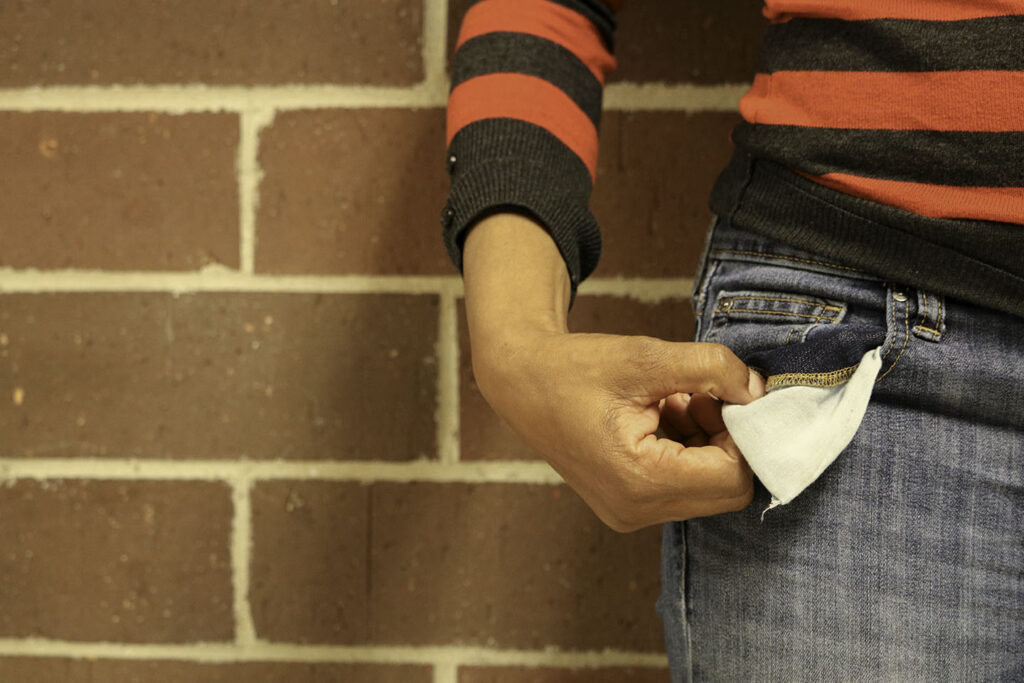
Amidst mounting inflation, high gas prices and rising tuition costs, some student loan borrowers are preparing for the upcoming Debt Relief Plan under the Biden-Harris Administration.
The program, which provides relief for most federal loans by the U.S. Department of Education, will grant up to $20,000 for Pell Grant recipients and $10,000 for those borrowers who are non-Pell eligible. Participation in the program is through submission of an online application currently available.
Dee Cutter, a nursing student in Kirkwood’s LPN program, understands the need that student loans provide. As a spouse and mother of three children, she decided to return to school a few years ago.
However, due to her busy schedule with nursing clinicals, and a one-hour commute to campus, coupled with additional coursework while providing for her children, Cutter said she has had to borrow student loans. “There wasn’t anyway around it,” she said. “By the time I’m done here I will have about $25,000 in student loans when I graduate next fall,” she said while also noting that she plans to continue her education to pursue an RN degree.
Additionally, Cutter admits that although she has paid some of her tuition out-of-pocket during summer sessions, and is Pell Grant eligible, she still relies on student loans to off-set the financial aid she does receive even with support from her spouse. “The loans provide support with the overall costs of living such as gas and groceries.”
“The cost of everything is rising – it’s not just college tuition,” said Matt Falduto, Senior Director of Financial Aid at Kirkwood. “We’re definitely in an inflationary period.” He said, “I would like to see the federal government offer more grant assistance so students do not have to rely so heavily on student loans.”
According to data from Iowa College Aid, appointed as the state’s student financial aid agency nearly 50 years ago, the average Kirkwood student now owes a little more than $13,000 as of the 2021 graduating class. Those figures averaged at $15,708 just four years ago. Although there remains a need for student loans among students, research from the agency in their most recent study conducted in June 2022, titled Student Loan Debt of Postsecondary Education Graduates in Iowa, a downward spiral in loan debt is occurring with the support of more state funded tuition programs such as The Future Ready Last Dollar Scholarship Program, said Mark Wiederspan, executive director or Iowa College Aid.
The program which was enacted in 2019 pays for students’ remaining cost of attendance after financial aid has been applied to fill in monetary gaps. These kinds of programs have been targeted particularly at community colleges, which explains why student loan amounts at community college have remained fairly flat in recent years.
“The research demonstrates that when states provide funding to lower the sticker price of tuition, student loan debt is reduced,” Wiederspan said.
Categories: Campus News, News










